Fun with X-H1
I’ve spent the past two weeks with the Fujifilm X-H1, and have been blown away by the image quality and overall camera performance.1
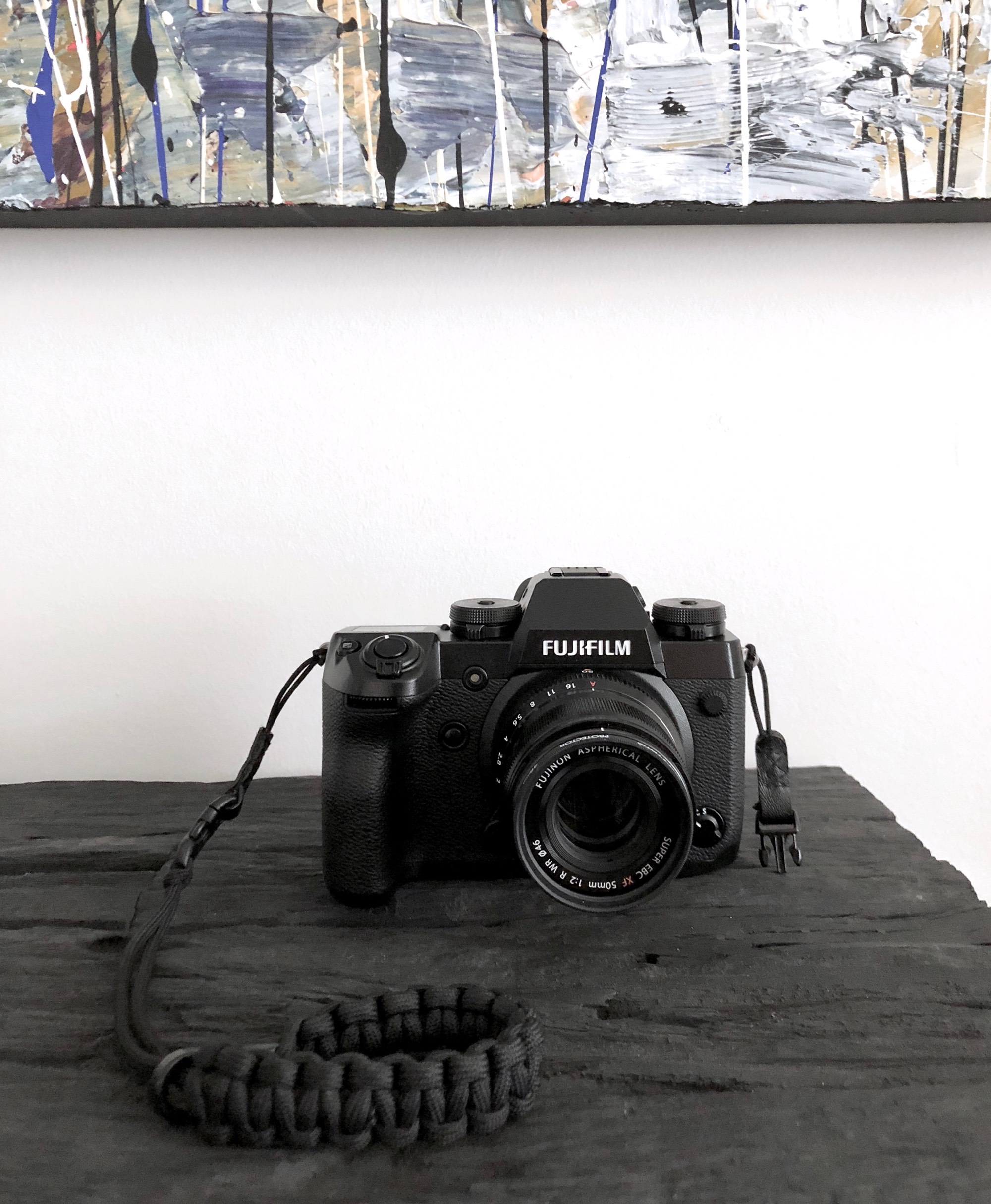
Note that I upgraded from the Fujifilm X100S, a camera that will always occupy a fond place in my heart. (My son is not quite crawling yet, but he’s already moving around more quickly than the X100S’s autofocus system can keep up with. It was time.)2
I love how I’m reaching for my camera more frequently. It’s incredibly liberating to be able to shoot in almost any light, and my behaviour and approach to photography has shifted accordingly.3
In this post, I’ve included a number of my favourite shots from these first few weeks with the X-H1. Every photograph was captured handheld, across various lighting conditions, without any flash or other lighting sources added to the scene.
(Huge thanks to my family for being such beautiful subjects.)
For starters, a series of shots captured in ample light:
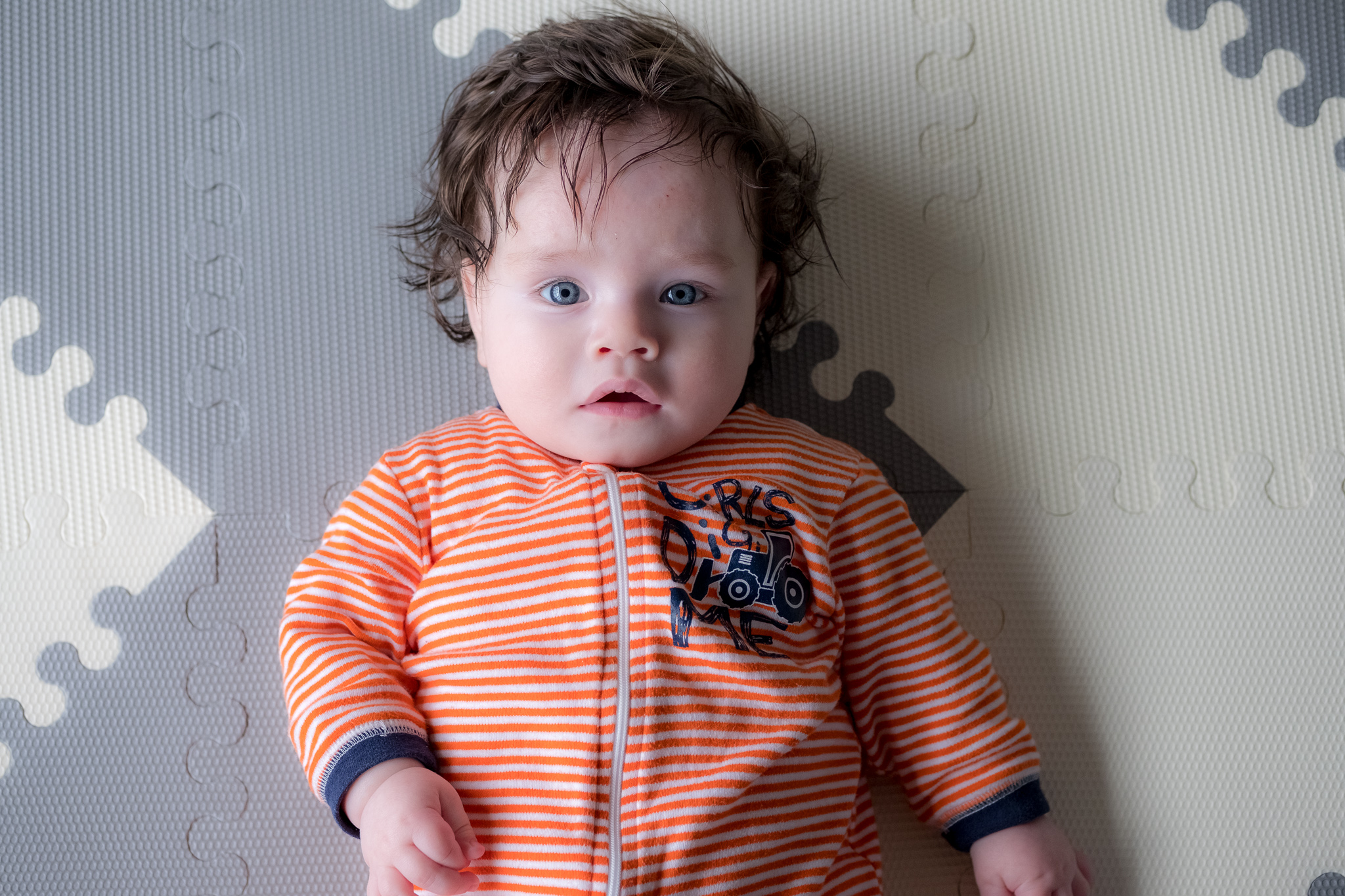
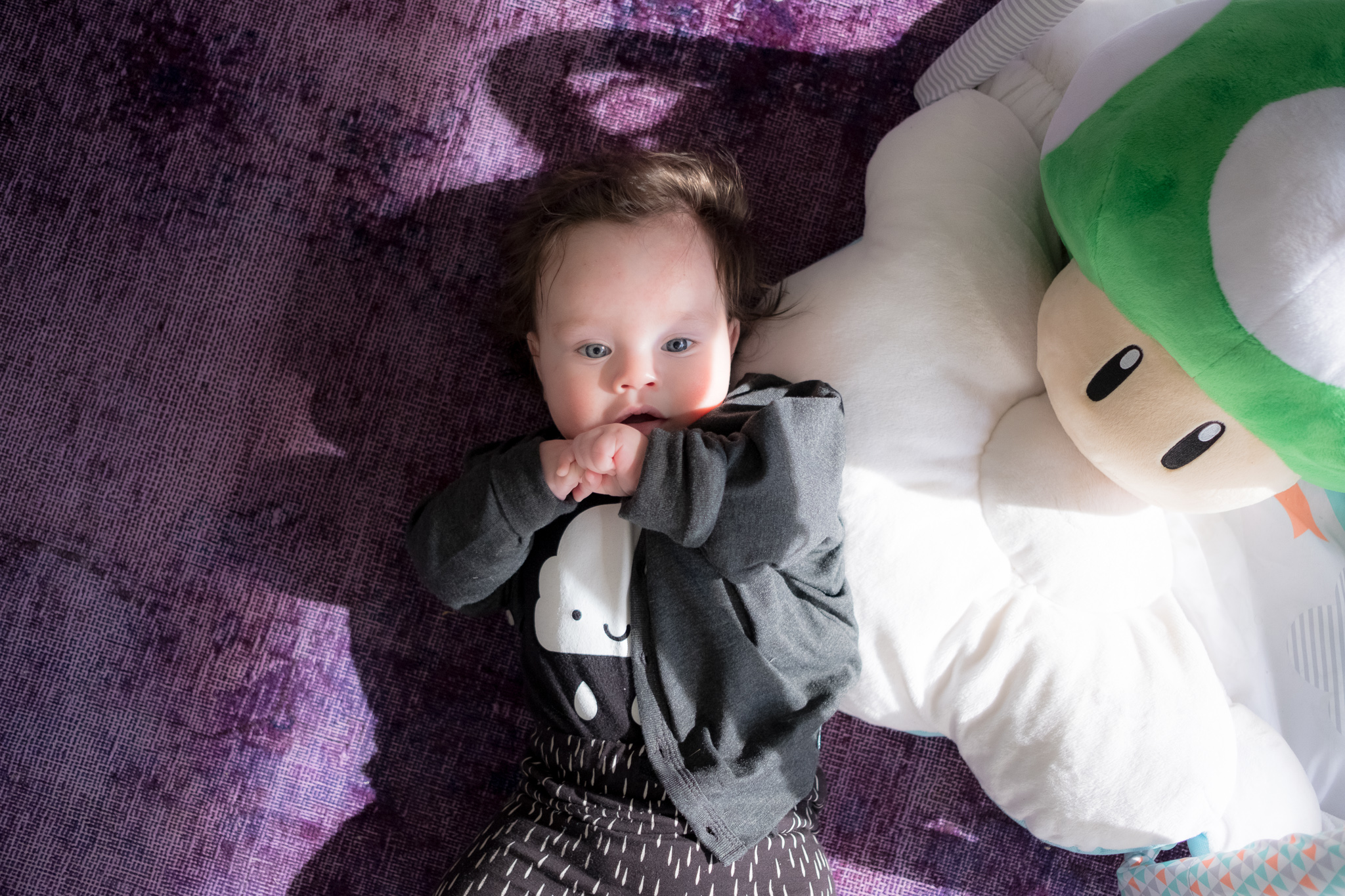
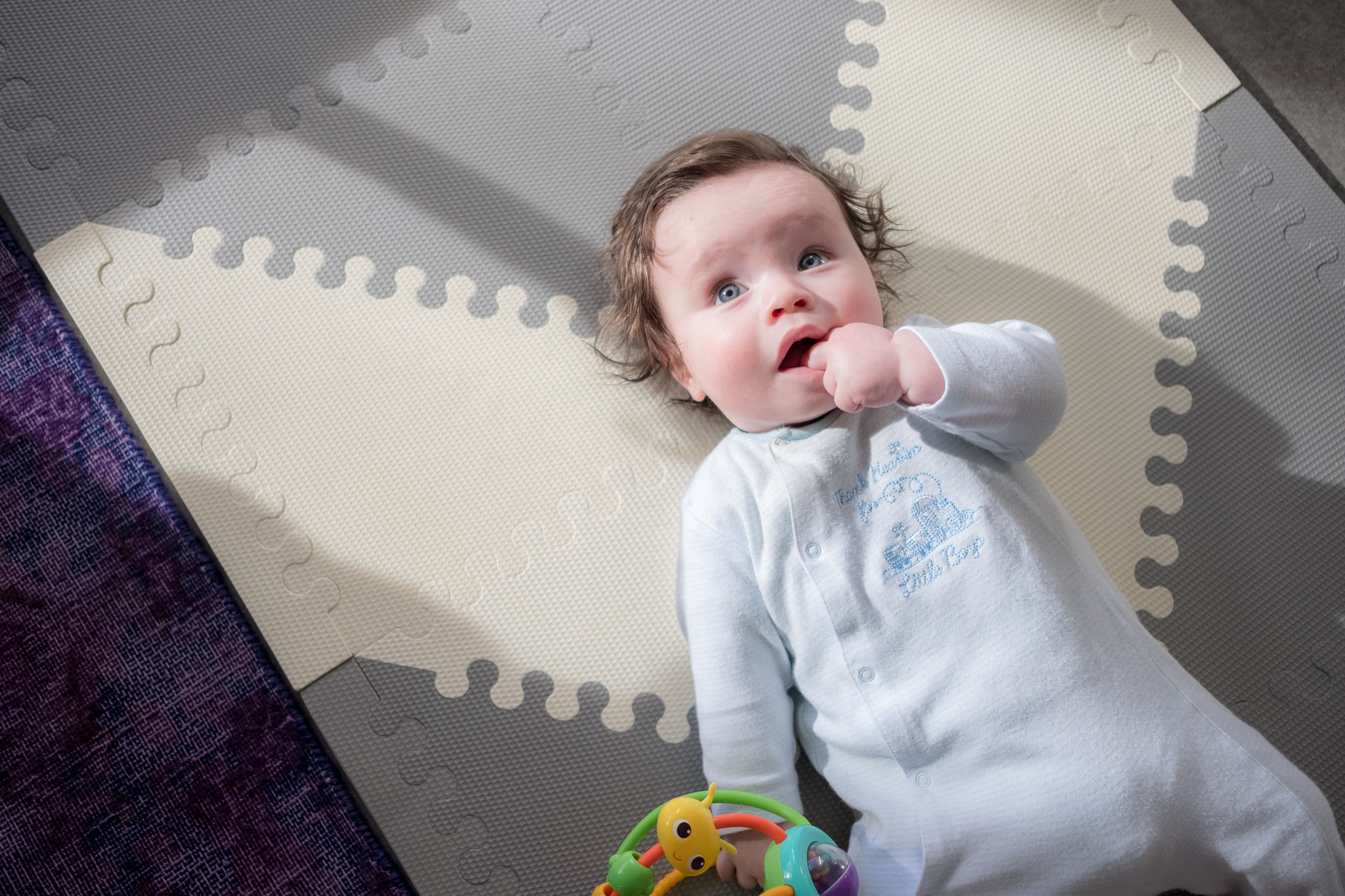



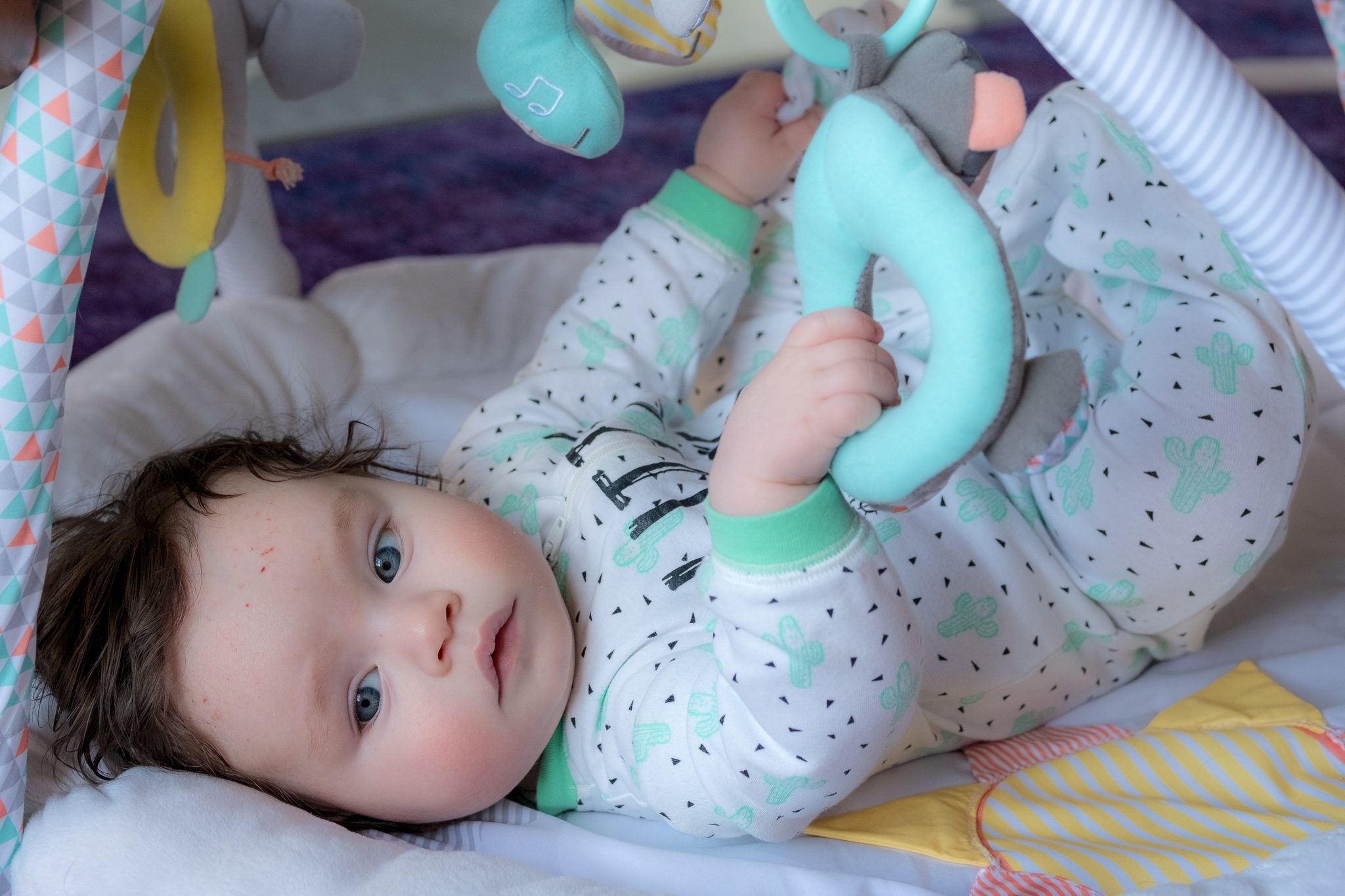
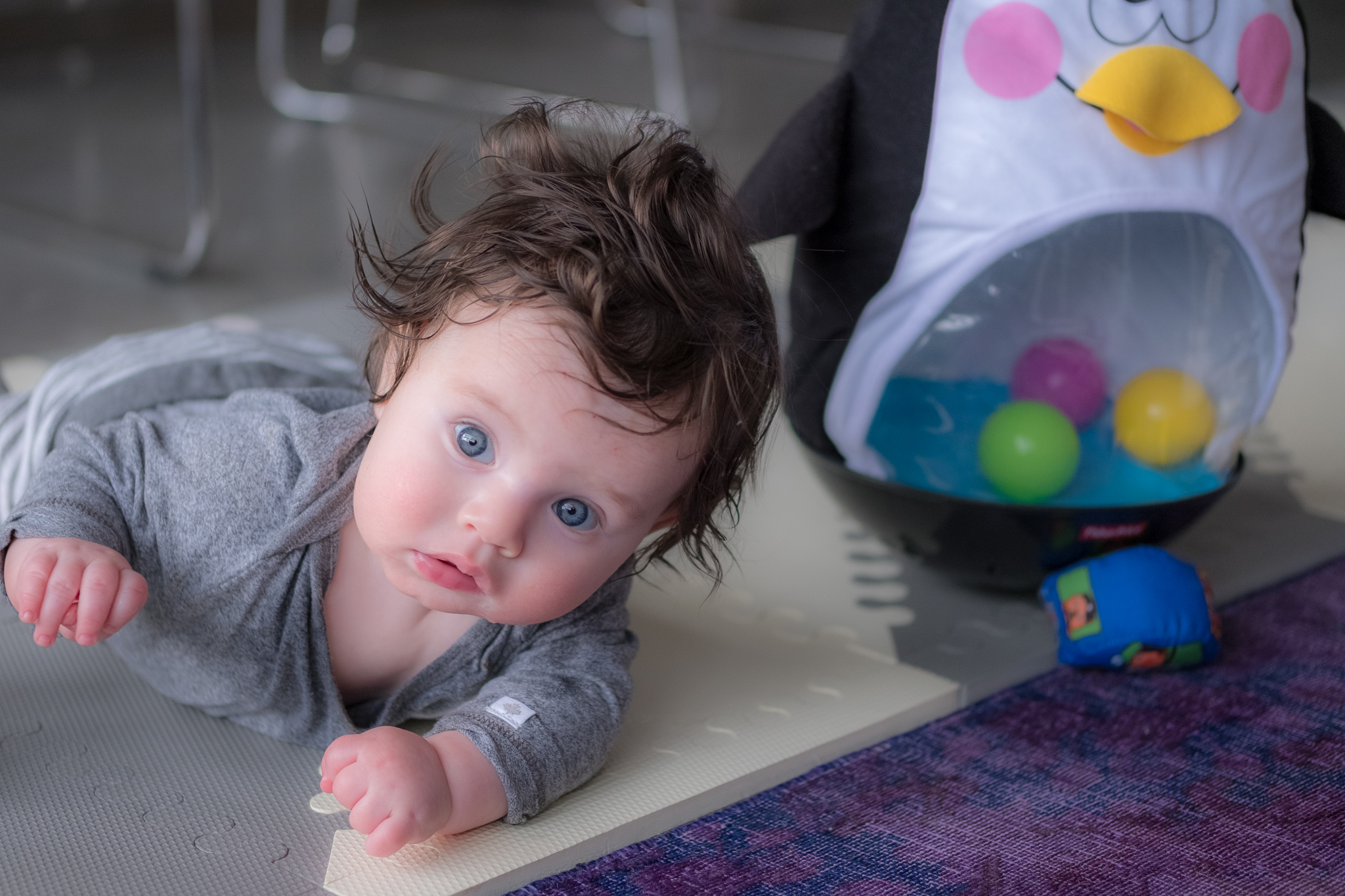
Lower light shots, at relatively high ISO:
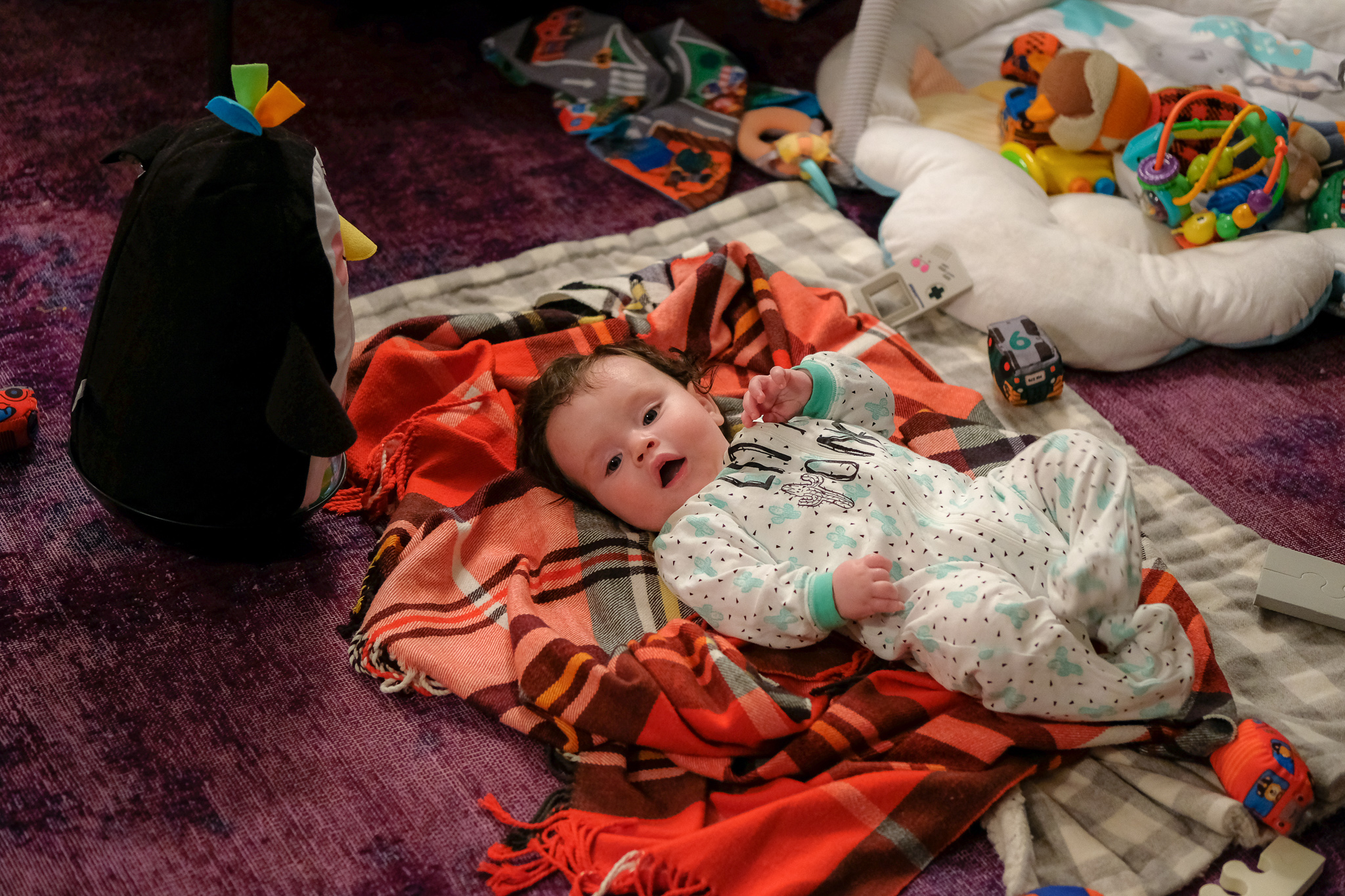

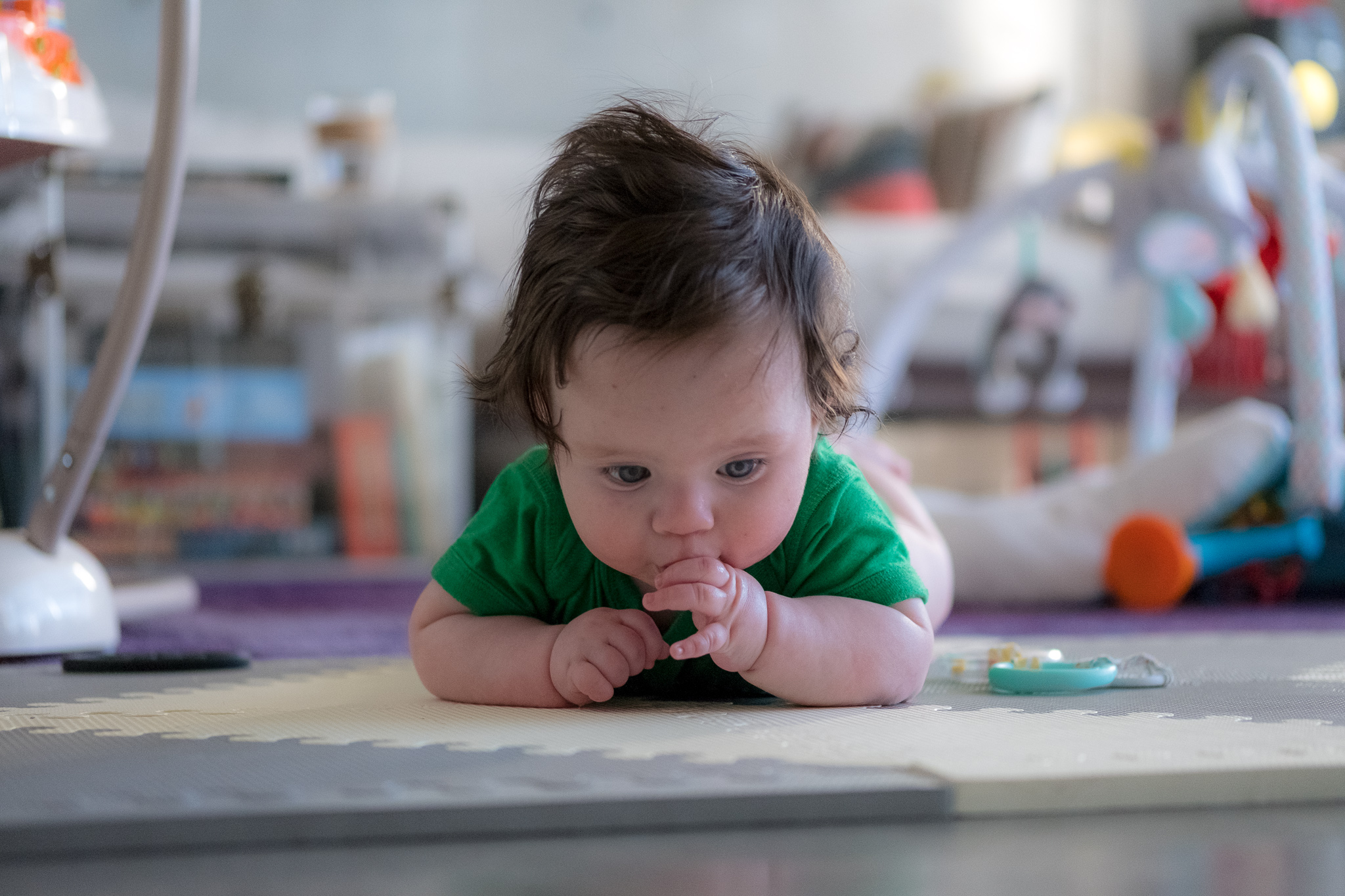
To my eyes, the grain has a nice character.
And in much lower light, with ISO cranked up even further:


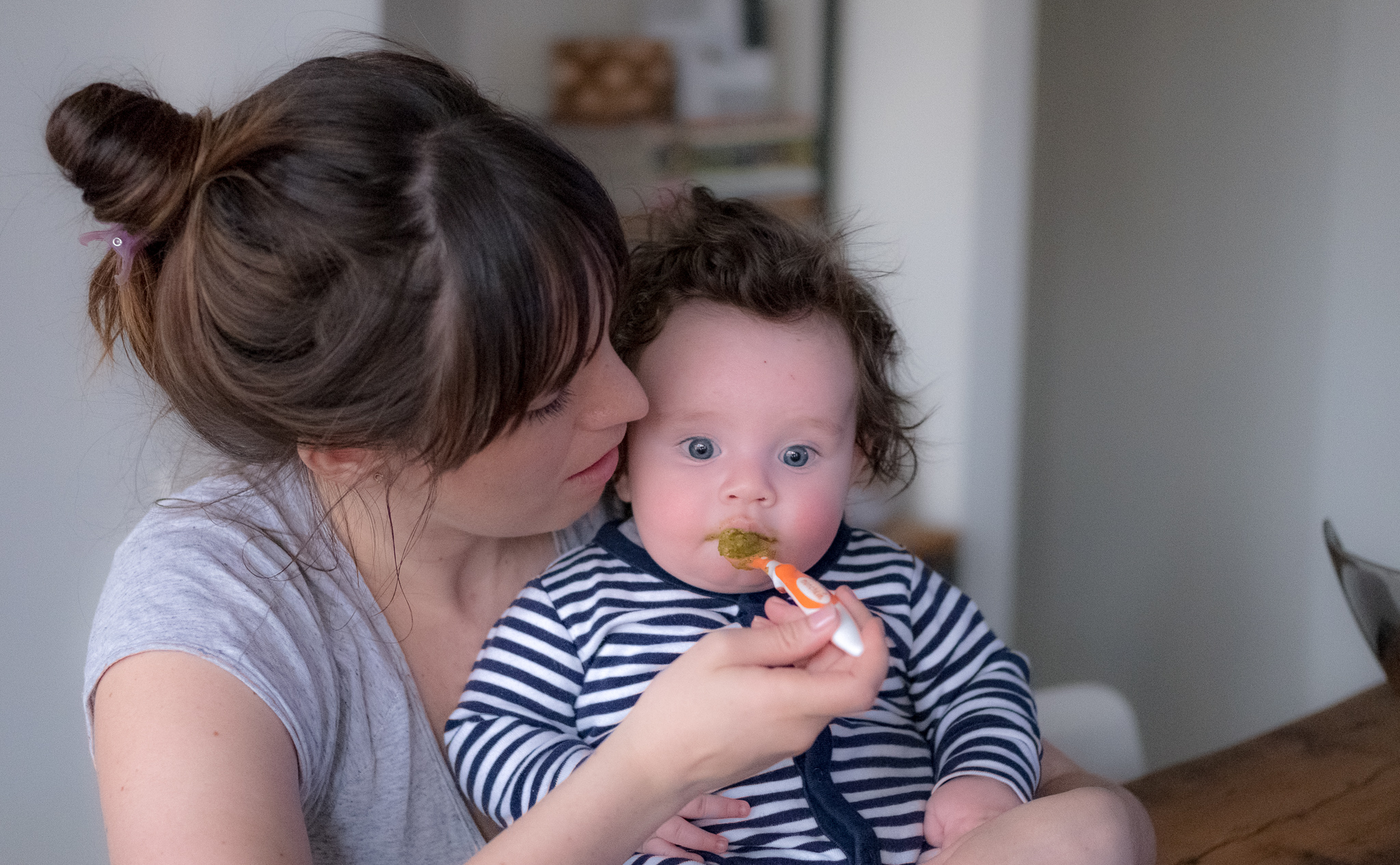
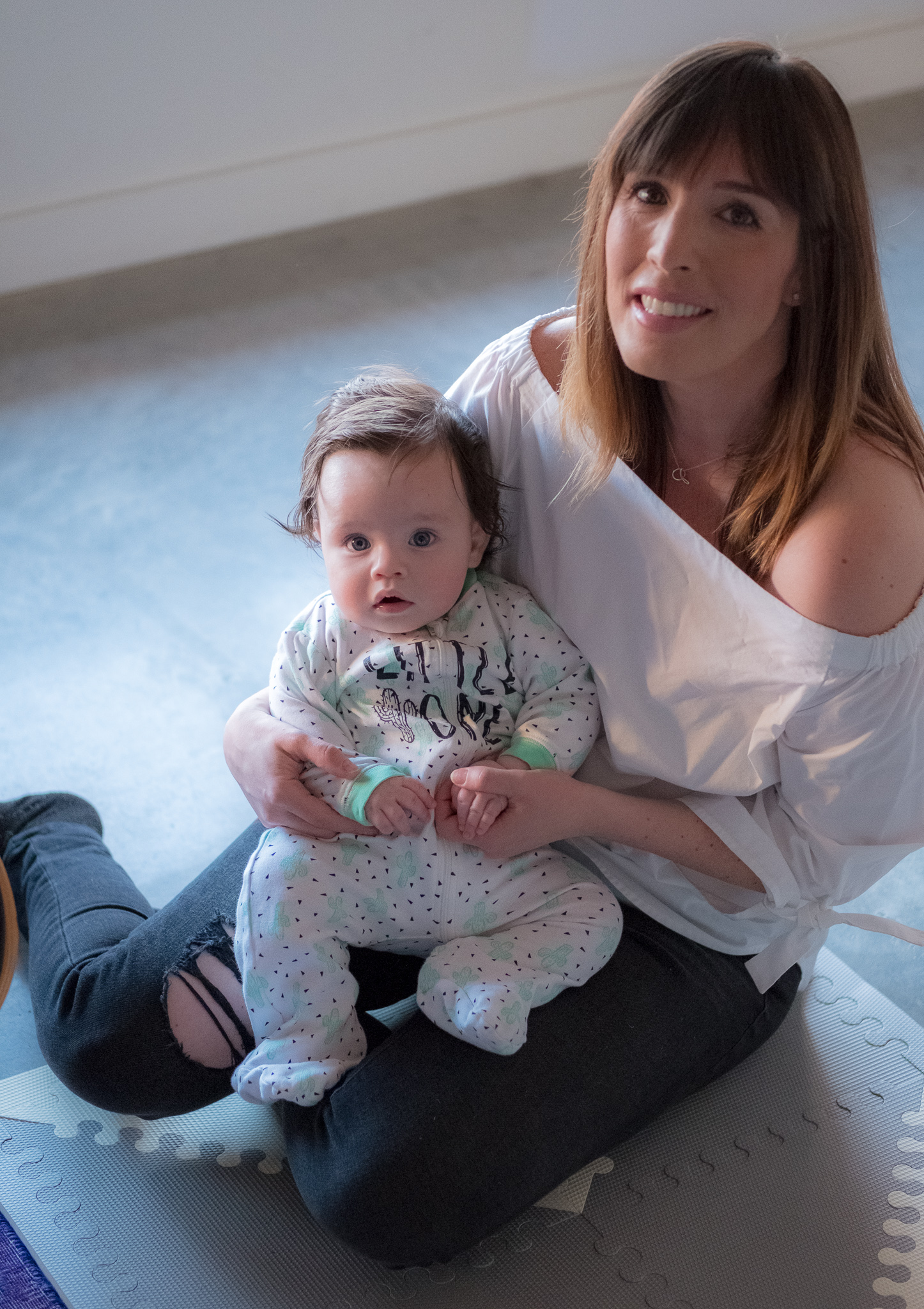
The grain is significantly more pronounced here. But — now that I have more experience with the X-H1 (and the benefit of hindsight), I would have used a much lower ISO, given how well the camera does with stabilizing longer shutter speeds.
(I love the last photo in this set, but it isn’t focused as well as it could be. I’ll chalk that up to an error on my part.)
The CN Tower makes for a good subject, too. Here it is, glowing purple:
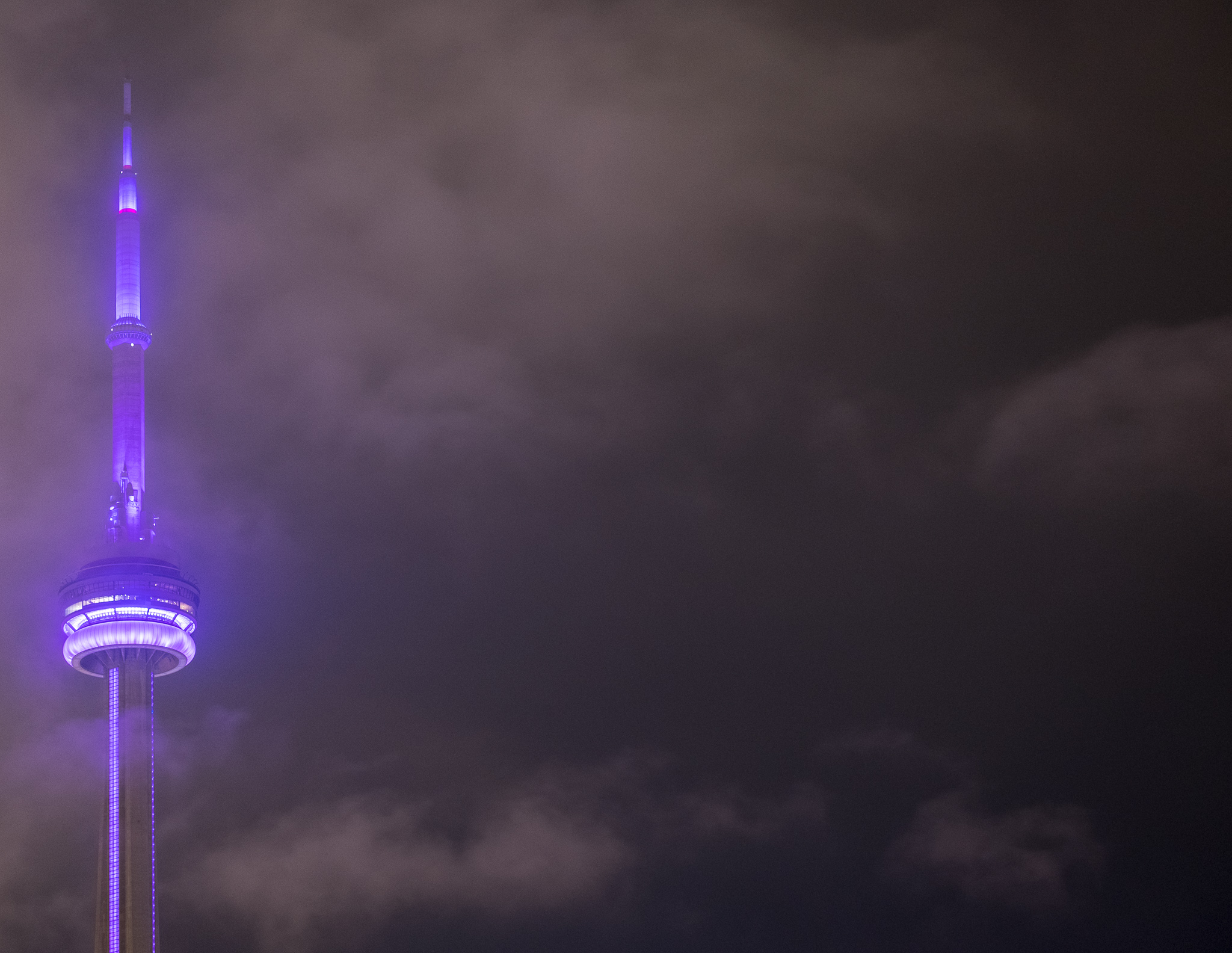
This next photo provides an interesting demonstration of the X-H1’s image stabilization. This was shot handheld (like all of the other photos in this post)4, but in this case the shutter was open for four entire seconds:
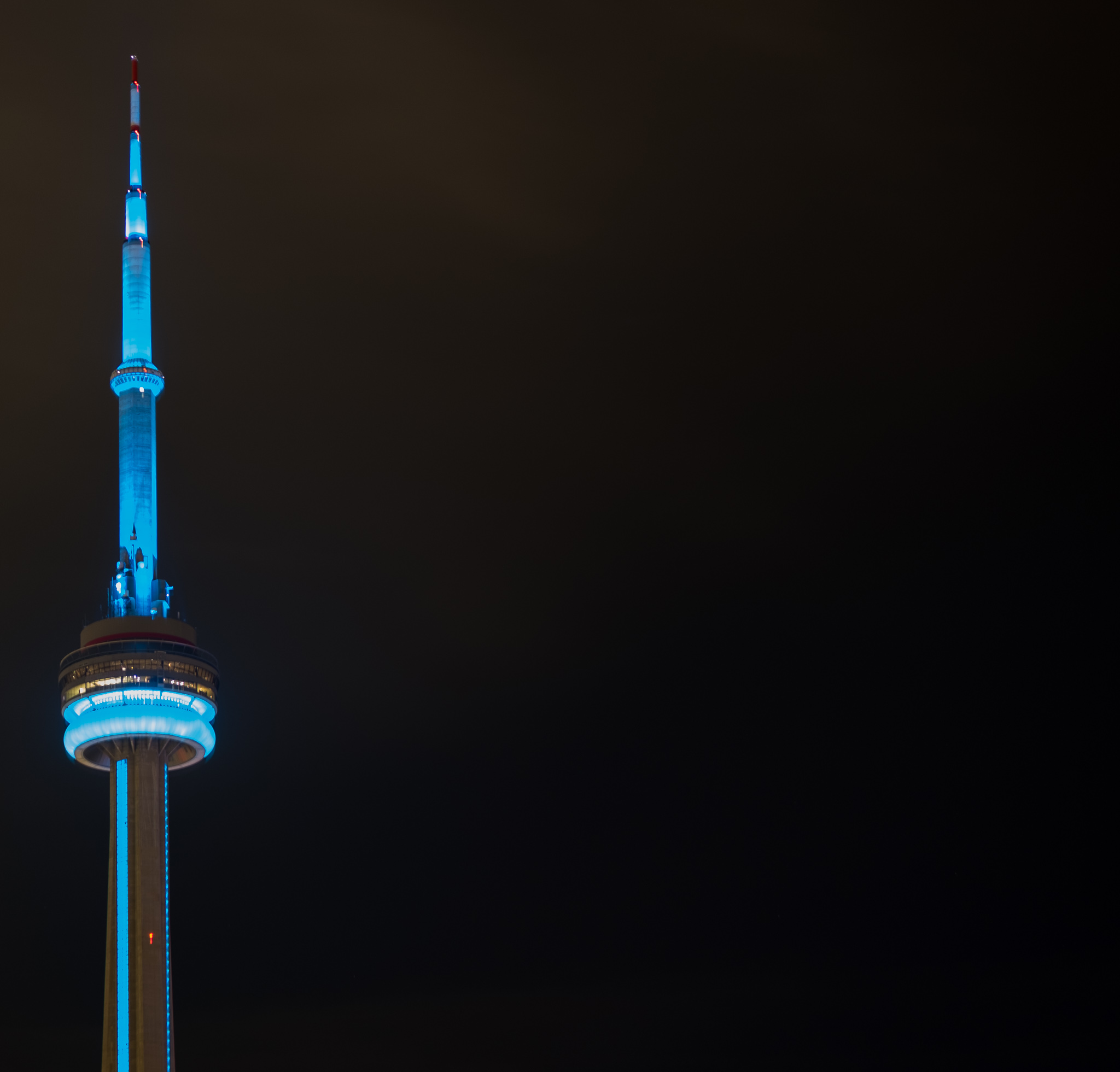
Granted, the CN Tower isn’t a particularly good candidate for long exposure photography (there’s a set of lights near the top of the tower that flash every second or so, and the results of that flashing are unfortunately visible).
I also shot some footage to test the low-light video performance.
Here, autofocus is doing it’s thing as I move the camera. There are a few moments where the autofocus system clearly becomes confused5, but the image quality is fantastic6 and the stabilization is working well.
I hope you enjoyed this photo tour. It was certainly a lot of fun to put together.
-
The battery life is not great, but that’s a general problem with mirrorless cameras. I do believe that the battery life gap with DSLRs will rapidly shrink as the scope of on-camera computational photography increases. ↩
-
I learned how to shoot on the X100S. In addition to being a great camera, it’s also an exceptional choice for learning photography: it’s small enough to take everywhere, many of the important controls are exposed via physical knobs, and the inability to fiddle with different lenses or focal lengths serves as a helpful constraint. And the newer models in the X100 series are even better. ↩
-
The X-H1 is the first in Fuji’s lineup with image stabilization built-in to the camera body. ↩
-
I wasn’t leaning against anything for support, either. ↩
-
In fairness, this is extremely low light, and a situation where you really should be adjusting focus manually. (I wouldn’t be surprised if video autofocus performance improves with future firmware updates.) ↩
-
I’ve since shot additional footage at lower ISOs, and the image quality is even better than in this clip. ↩